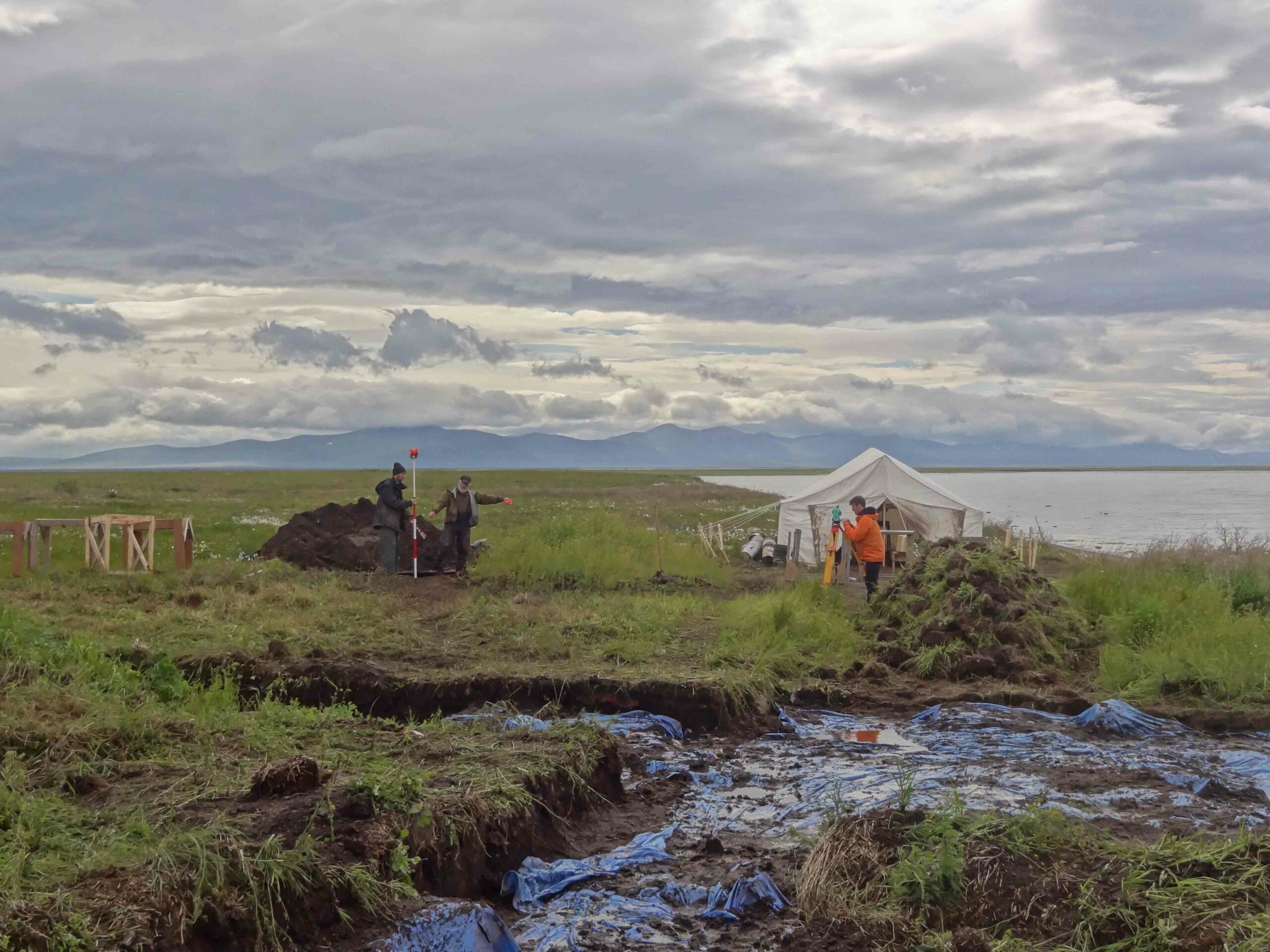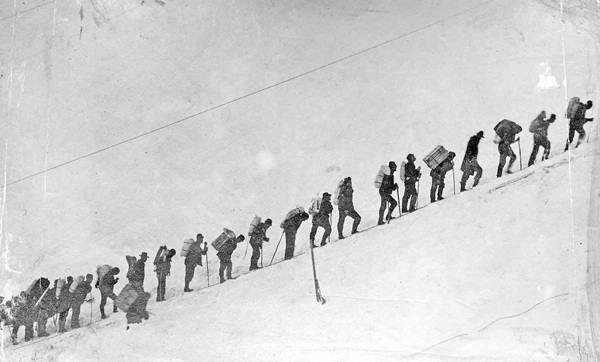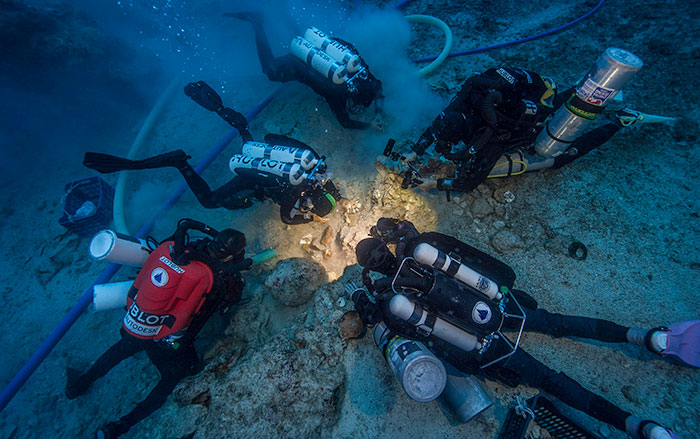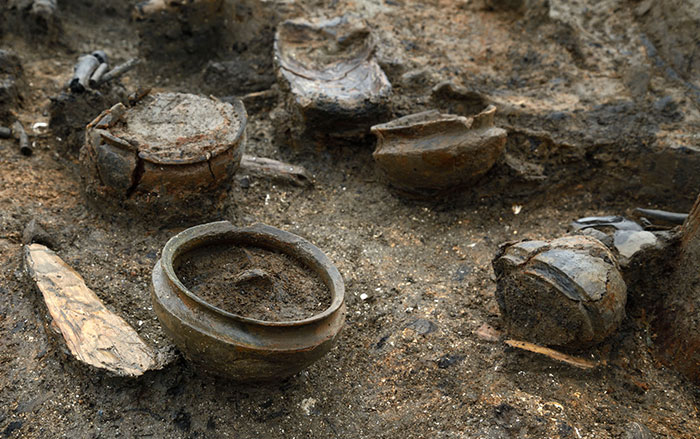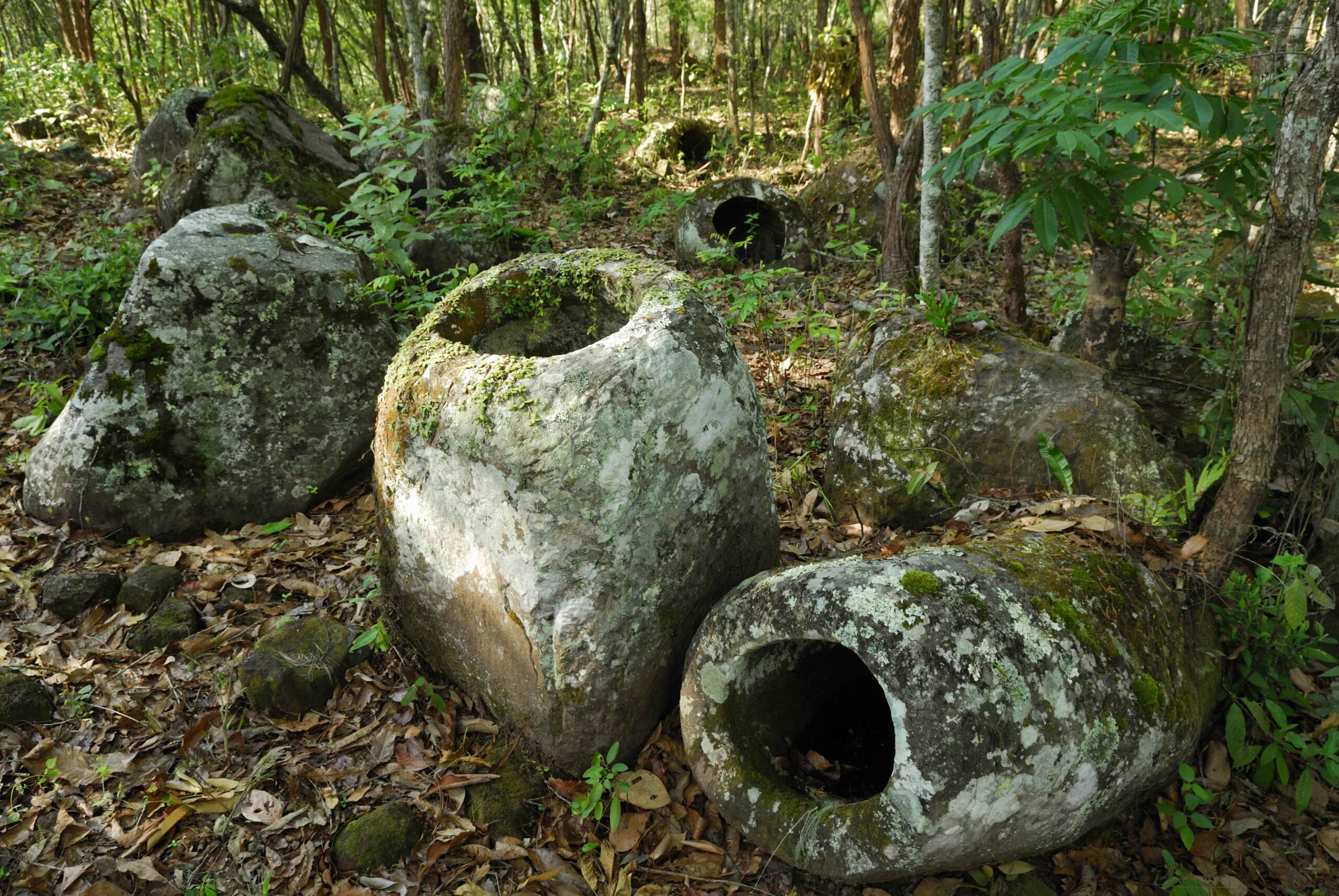
UTQIAGVIK, ALASKA—Western Digs reports that a large polar bear skull has been discovered at the 4,000-year-old Walapka archaeological site in northern Alaska. Dubbed “The Old One,” the skull has been radiocarbon dated to about 1,300 years old. It measures more than 16 inches long, and while it resembles typical polar bears from the eyes forward, the back of the skull is narrow and elongated when compared to the skulls of most polar bears. Research biologist and wildlife veterinarian Raphaela Stimmelmayer found several skulls that resemble “The Old One” among the 300 polar bear skulls in the collection at the University of Alaska Museum of the North. Archaeologist Anne Jensen thinks this huge bear may have been the type referred to as “weasel bears,” or “king bears,” by some Inuit groups in historic interviews with ethnographers. But the bears are not mentioned in accounts from the Utqiagvik region. “That may be because these bears were not around during the period when people were collecting ethnographic accounts—somewhat later here than in Canada—or because people just didn’t ask the right questions,” Jensen said. Further analysis of the skull is planned. For more on archaeology in Alaska, go to “Cultural Revival.”


